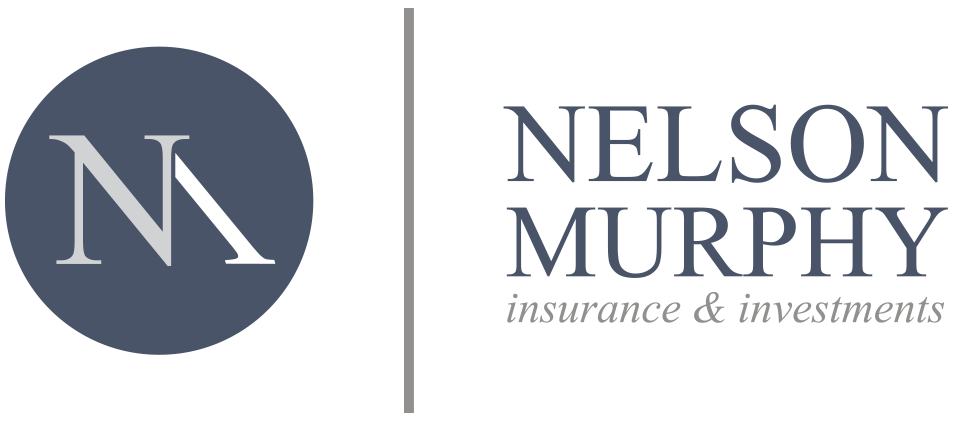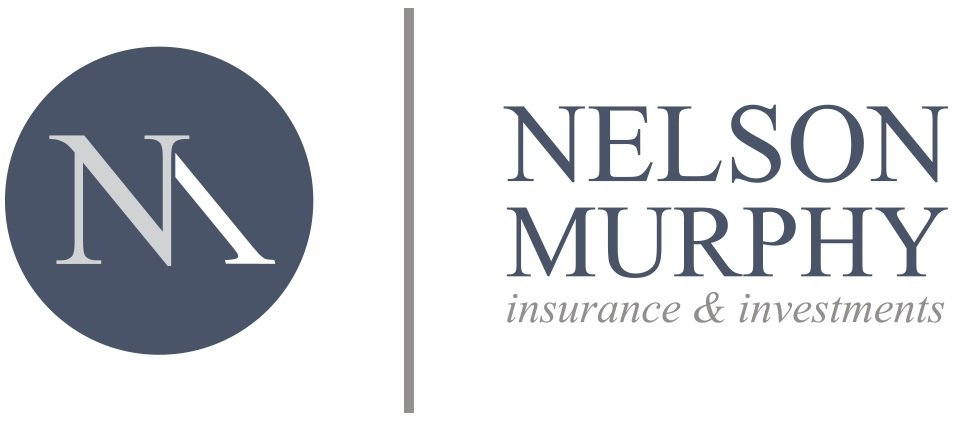With a New Job Comes New Investing Opportunities
Retirement tips to remember when starting a new job
Land a great new job? Awesome. Now is the perfect time to think about your 401(k) and retirement plan, whether you had one before or not. Saving for retirement is important at all ages, so don’t let this opportunity fall to the bottom of your list.
Here are four tips to consider when starting a new job and a new 401(k).
Make more contributions if you have a bigger paycheck. When you get a raise, it is a good idea to increase the amount you contribute to your 401(k). You didn’t have this money in your pocket, so you don’t miss it when you put it straight into your 401(k).
The contribution limit for 2018 is $18,500, or $24,000 if you are over 50. If you already meet the limit, ask your financial advisor whether you should consider contributing to an individual retirement account (IRA) for even more retirement savings.
Don’t pass up the new employer’s match. Sometimes, employers provide a 401(k) match as part of their employee benefits package. They may match your contribution dollar for dollar or a percentage of it up to a set amount.
Your company match is free money. Don’t let it slip through your fingers. If I offered you a bundle of cash – a few thousand dollars, perhaps – would you turn it down? Find out the limit and at the bare minimum, contribute that amount.
Name your beneficiaries for your new 401(k) plan. Keep your beneficiaries consistent across all retirement accounts and according to your estate plan. So be sure to update your new plan to reflect changes in your beneficiaries.
Are you now a parent or do you have a new spouse? Updates allow your 401(k) account to pass directly to the person of your choice should you pass away.
Above all, don’t forget to enroll in your new plan. While this may seem obvious, it’s easy to forget signing up for your new company’s 401(k) plan, because many employers require a short waiting period before new employees are eligible to join.
If you have to wait, put a reminder in place on the fridge, circle the enrollment date on your calendar and set an alarm on your smartphone. Just don’t forget.
Wondering what you should do with your old 401(k) accounts? You may prefer to roll your old 401(k) over to an IRA, as it gives you the ability to invest your account in a variety of mutual funds, stocks or bonds beyond what your employer may offer. This helps you to build a well-diversified investment allocation. Choosing low-cost mutual funds in an IRA can save you money in the long-term over generally more expensive 401(k) investment fees.
For easier management, some may consider consolidating an old 401(k) account with a new one. First, you need to research what investment options your new plan offers. It is common that employer offered 401(k)s have a smaller number of investment options than an IRA. For example, emerging markets equity funds and small-capitalization value funds are not often offered.
Then you should compare the underlying fees and expenses in your plan with those in an IRA. The operating expense ratios of the available options in your employer-offered 401K) can often be higher. Finally, talk to your new 401(k) plan administrator to guide you through the steps for rollover.
Taking your money out of an old 401(k) as a distribution is not a good option. If you’re under 59½, you have to pay taxes on the withdrawal and a penalty from the Internal Revenue Service. Typically, keeping those dollars in a tax-free or tax-deferred account as long as possible is a good idea.
Have more questions? Talk to a qualified financial planner.
“With a New Job Comes New Investing Opportunities.” FMeX. 2018. https://abm.emaplan.com/ABM/MediaServe/MediaLink?token=bbc4b7636ca1459f89a1571ce2f0037e
This material is intended for informational/educational purposes only and should not be construed as investment advice. If you are considering rolling over money from an employer-sponsored plan, you may have the option of leaving the money in the current plan, rolling over the assets to a new plan, rolling over the assets to an IRA, or cashing out the account value.
Benefits of leaving money in an employer-sponsored plan may include access to lower-cost institutional class shares; access to investment planning tools and other educational materials; the potential for penalty-free withdrawals starting at age 55; broader protection from creditors and legal judgments; and the ability to postpone required minimum distributions beyond age 73, under certain circumstances. If your employer-sponsored plan account holds significantly appreciated employer stock, you should carefully consider the negative tax implications of transferring the stock to an IRA against the risk of being overly concentrated in employer stock.
You should also understand that Commonwealth and your financial advisor may earn commissions or advisory fees as a result of a rollover that may not otherwise be earned if you leave your plan assets in your old or a new employer-sponsored plan and that there may be account transfer, opening, and/or closing fees associated with a rollover. This list of considerations is not exhaustive. Your decision whether or not to roll over your assets from an employer-sponsored plan into an IRA should be discussed with your financial advisor and your tax professional.

